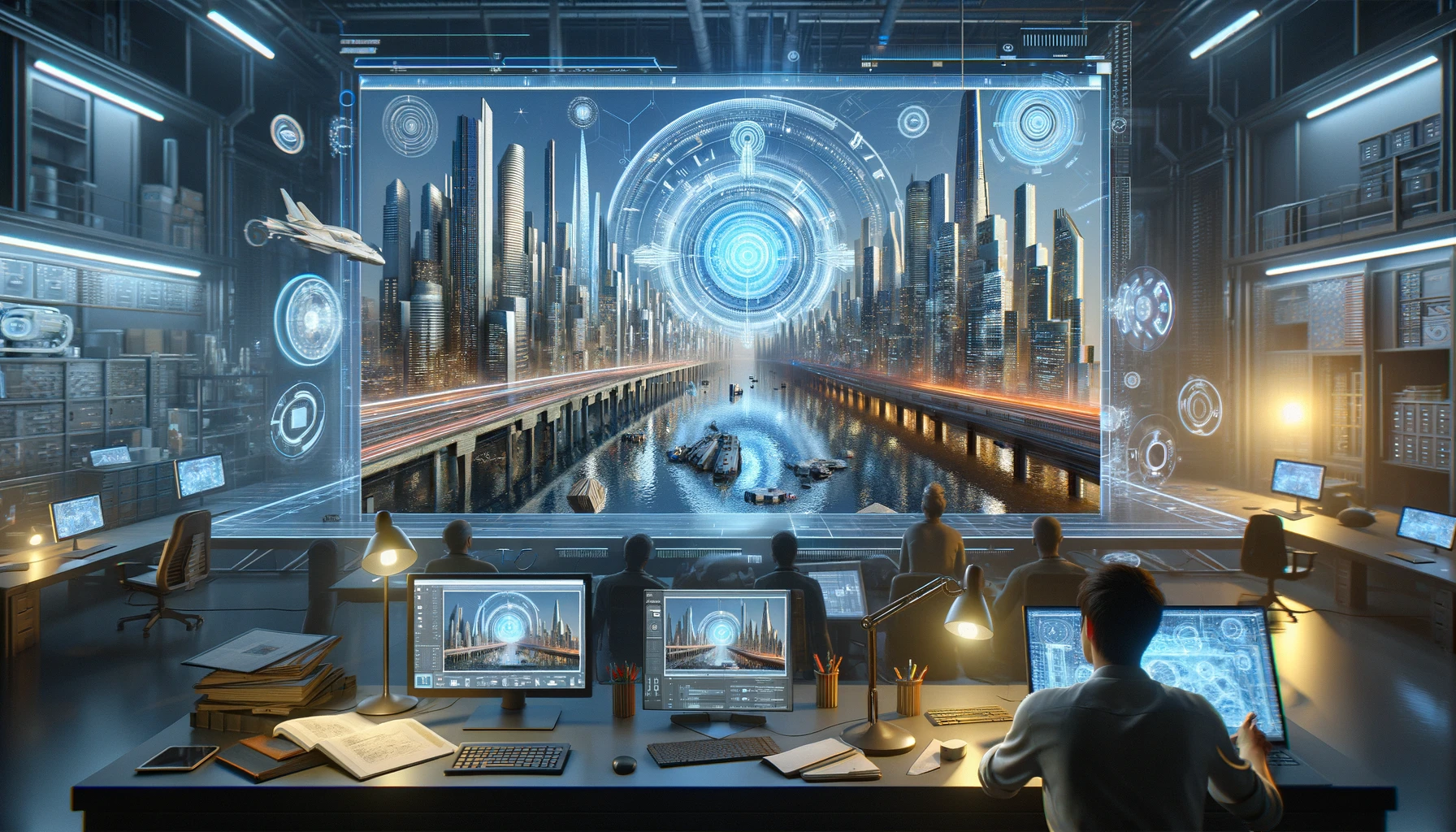Key Points
- TripoSR is a 3D reconstruction model that leverages transformer architecture for fast feed-forward 3D generation, producing high-quality 3D mesh from a single image in under 0.5 seconds.
- It integrates substantial improvements in data processing, model design, and training techniques and exhibits superior performance compared to other open-source alternatives.
- The model design includes components such as an image encoder, an image-to-triplane decoder, and a triplane-based neural radiance field (NeRF).
- The model is released under the MIT license to empower researchers, developers, and creatives with the latest advancements in 3D generative AI.
- TripoSR incorporates technical improvements in data curation, rendering, and model design to enhance its efficiency and performance.
- It outperforms existing state-of-the-art baselines on 3D reconstruction in terms of both quantitative metrics (Chamfer Distance and F-score) and inference speed, achieving the new state-of-the-art performance.
- The model's qualitative results demonstrate high reconstruction quality for both shape and texture, outperforming previous state-of-the-art methods.
- It aims to enable researchers, developers, and creatives to advance their work in 3D generative AI, promoting progress in AI, computer vision, and computer graphics.
- The model's core components, technical parameters, and training configurations are detailed, demonstrating its technical advancements and contributions to the field.
Summary
The research paper introduces TripoSR, a 3D reconstruction model that is able to generate high-quality 3D reconstructions from single images in less than 0.5 seconds. The model leverages transformer architecture for fast feed-forward 3D generation and is capable of producing 3D mesh from a single image in under 0.5 seconds. It achieves state-of-the-art performance and generalizes to objects of various types and input images across different domains.
The TripoSR model is highlighted for its substantial improvements in data processing, model design, and training techniques. It is released under the MIT license and is intended to empower researchers, developers, and creatives with the latest advancements in 3D generative AI. The paper discusses the convergence of developments in 3D reconstruction and generation, accelerating the advancements in the field.
Furthermore, the paper emphasizes the technical advancements in the TripoSR model, such as its image encoder, image-to-triplane decoder, and triplane-based neural radiance field (NeRF). The architecture of the model allows it to predict the 3D representation of an object in the image and takes less than 0.5 seconds on an A100 GPU to do so. The paper also describes the technical improvements made in data curation, model, and training strategy, all aimed at boosting the model’s efficiency and performance.
In addition, the paper presents quantitative comparisons of TripoSR with existing state-of-the-art baselines on 3D reconstruction, showcasing TripoSR's significant outperformance in terms of CD and FS metrics and its high inference speed. The qualitative results also demonstrate TripoSR's capability to reconstruct high-quality 3D shapes and textures. Overall, the paper provides a comprehensive overview of the TripoSR model, its technical advances, and its superior performance in 3D reconstruction from single images.
Reference: https://arxiv.org/abs/2403.021...
